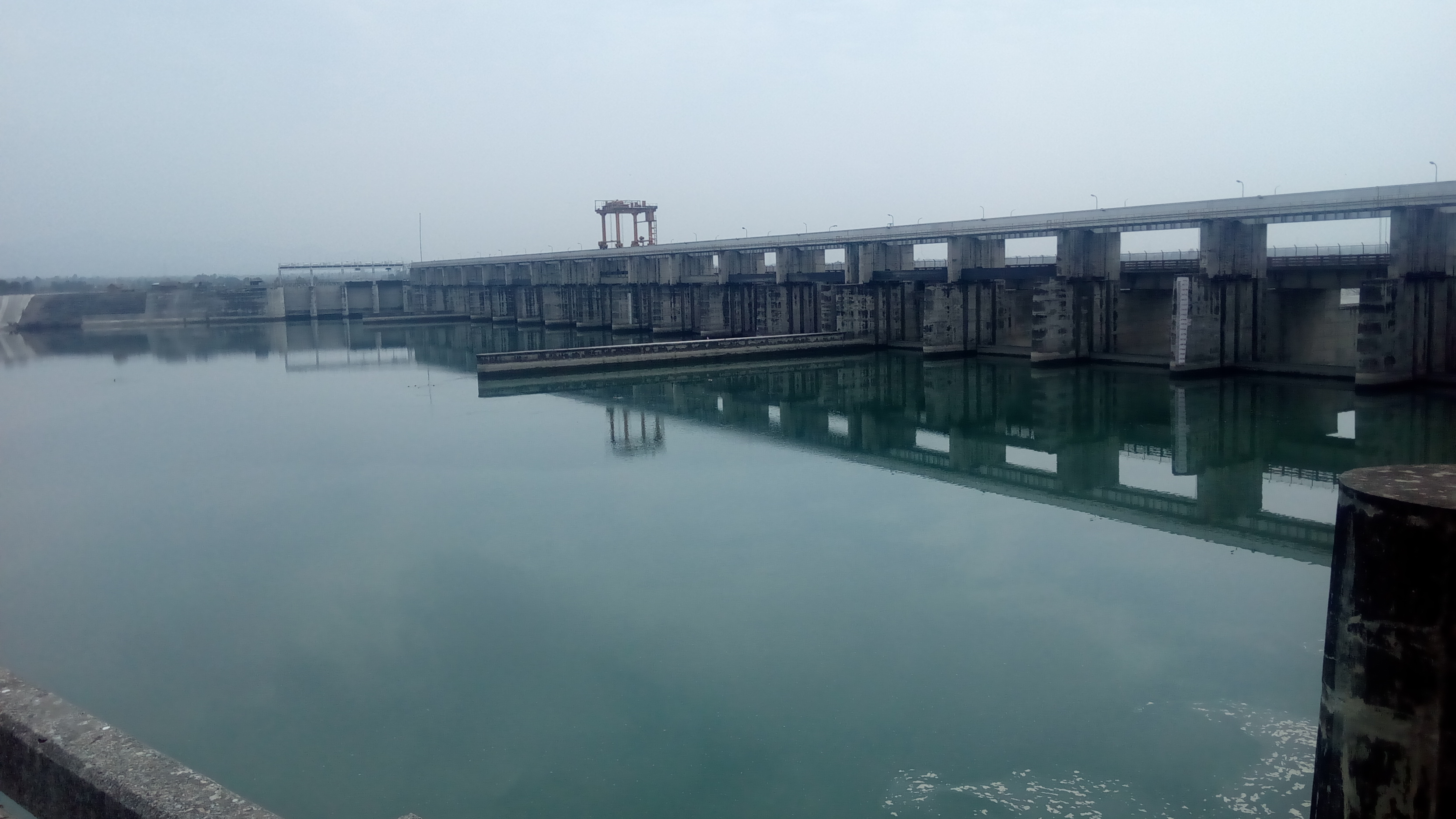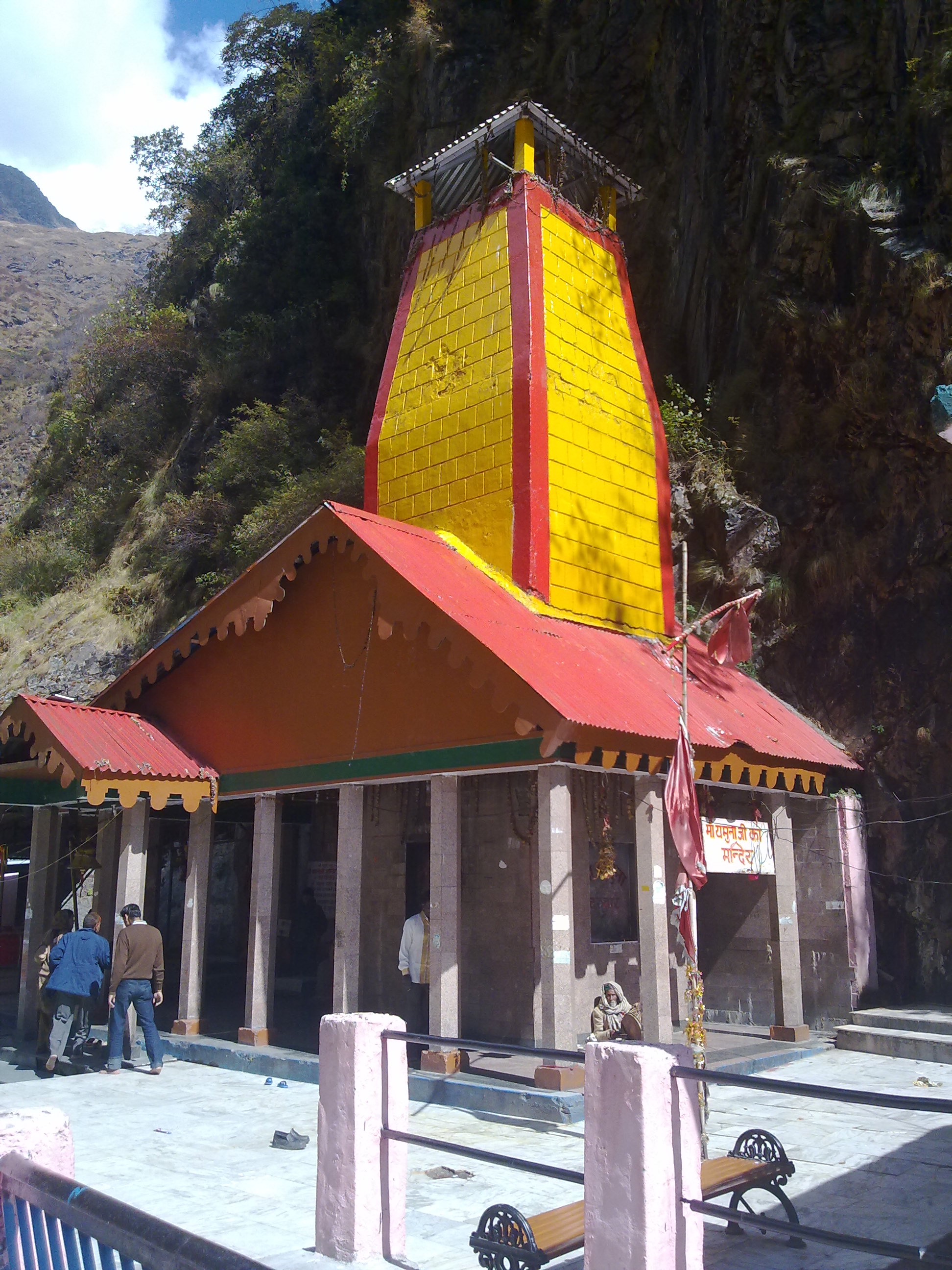|
Wazirabad Barrage
The Wazirabad barrage or Wazirabad bridge,I. Mohan, 1992Environment and Urban Development: A Critical Evaluation of Slums built in 1959 is a 1,491 ft long weir across Yamuna River, in north Delhi.2000Workshop, Role of Gates and their Control in Water Resources Central Board of Irrigation and Power India.1959Civic Affairs Volume 7, Issues 1-6, Page 51. ITO barrage and Okhla barrage are 2 downstream barrages in Delhi and are managed by Haryana and UP respectively,Okhla barrage to be shut at night for 45 days. , 20 Sept 2017.Joginder Singh, 2010 [...More Info...] [...Related Items...] OR: [Wikipedia] [Google] [Baidu] |
Sahibi River
The Sahibi river, also called the Sabi River, is an ephemeral, rain-fed river flowing through Rajasthan, Haryana (where its canalised portion is called the "Outfall Drain No 8") and Delhi states in India. It drains into Yamuna in Delhi, where its channeled course is also called the Najafgarh drain, which also serves as Najafgarh drain bird sanctuary. Sahibi is a seasonal river which is 300 km long and flows from Aravalli hills in Rajasthan to Haryana,Ropeway for tourist pull at barrage site , 17 Mar 2017. of which 100 km is in Haryana. The current and |
Najafgarh Drain
The Najafgarh drain or Najafgarh nalah (''nalah'' in Hindi means rivulet or storm water drain), which also acts as Najafgarh drain bird sanctuary, is another name for the northernmost end of River Sahibi, which continues its flow through Delhi, where it is channelized, and then flows into the Yamuna. Within Delhi, due to its channelization for flood control purposes, it is now erroneously called "Najafgarh drain" or "Najafgarh nullah." It gets this name from the once famous and huge Najafgarh Jheel (lake) near the town of Najafgarh in southwest Delhi and within urbanized Delhi. It is the Indian capital’s most polluted water body due to direct inflow of untreated sewage from surrounding populated areas. A January 2005 report by the Central Pollution Control Board classifies this drain, with 13 other highly polluted wetlands, under category ‘‘D’’ for assessing the water quality of wetlands in wildlife habitats. This drain was widened as a flood control drain linking ... [...More Info...] [...Related Items...] OR: [Wikipedia] [Google] [Baidu] |
Sultanpur National Park
Sultanpur National Park (Ramsar site )(formerly Sultanpur Bird Sanctuary) is located at Sultanpur village on Gurugram-Jhajjar highway, 15 km from Gurugram, Haryana and 50 km from Delhi in India. This covers approximately 142.52 hectares. Introduction Sultanpur Bird Sanctuary is a very popular national park of India. Located in Sultanpur village, Farukhnagar, Gurugram district in Haryana state. Sultanpur village is located 40 km from Dhaula Kuan in Delhi and 15 km from Gurugram city on the Gurugram – Jhajjar highway. This bird sanctuary, ideal for birding and bird lookers, is best visited in winters when many migratory birds come here. Haryana government has carried out a number of development works at Sultanpur Bird Sanctuary like construction of mounds, widening of paths, and digging four tube wells. Efforts are being made to improve vegetation in the area by planting more trees, which are popular with the birds like ficus spp. Acacia Nilotica, Acac ... [...More Info...] [...Related Items...] OR: [Wikipedia] [Google] [Baidu] |
Tajewala Barrage
Tajewala Barrage is a now decommissioned but existing old barrage (dam), barrage across the Yamuna River, located in Yamuna Nagar District, in the states and territories of India, state of Haryana, India. Completed in 1873, it regulated the flow of the Yamuna for irrigation in Uttar Pradesh and Haryana through two canals originating at this place namely Yamuna#Western Yamuna Canal, Western Yamuna Canal and Eastern Yamuna Canal, as well as the municipal water supply to Delhi. Replaced by the Hathiinikund barrage In 1999, the Hathnikund Barrage was completed to replace the aged Tajewala Barrage which is now out of service. See also * Blue Bird Lake, Hisar (city) * Kaushalya Dam in Pinjore * Bhakra Dam * Hathni Kund Barrage * Okhla Sanctuary, Okhla Barrage - Yamuna#Western Yamuna Canal, Western Yamuna Canal begins here * Surajkund * Indira Gandhi Canal * Irrigation in India * Indian Rivers Inter-link * Water transport in India * Ganges Canal * Ganges Canal (Rajasthan) * Upper G ... [...More Info...] [...Related Items...] OR: [Wikipedia] [Google] [Baidu] |
Hathni Kund Barrage
The Hathni Kund is a concrete barrage located on the Yamuna River in Yamuna Nagar district of Haryana state, India. It was constructed between October 1996 and June 1999 for the purpose of irrigation. It replaced the Tajewala Barrage downstream which was constructed in 1873 and is now out of service. The barrage diverts water into the Western and Eastern Yamuna Canals. The small reservoir created by the barrage also serves as a wetland for 31 species of waterbird. Plans to replace the Tajewala Barrage had been in the works since the early 1970s but an agreement between the governments of Haryana and Himachal Pradesh (which share the water it diverts) was not made until July 1994. Although the barrage was completed in late 1999, it was not operational until March 2002 because of work delays. The barrage is long and its spillway is composed of ten main floodgates along with five undersluices on its right side and three on its left. The maximum discharge of the barrage is (1 in ... [...More Info...] [...Related Items...] OR: [Wikipedia] [Google] [Baidu] |
Basai Wetland
Basai wetland, located in Basai village in Gurgaon tehsil in Gurgaon district in Haryana, India, is a flora and fauna rich water body. It is recognised as one of India's Important Bird and Biodiversity Areas and is of global conservation significance as it supports populations of several endangered, vulnerable, and threatened bird species. Basai wetlandis recognised globally as an Important Bird Area (IBA) by the BirdLife International housing 20,000 birds of over 280 species including migratory birds and endangered birds, has not yet been declared a protected wetland by the Government of Haryana.Government must save Basai ‘wetland’ to keep Gurugram liveable, save ecosys ... [...More Info...] [...Related Items...] OR: [Wikipedia] [Google] [Baidu] |
Pesticide
Pesticides are substances that are meant to control pests. This includes herbicide, insecticide, nematicide, molluscicide, piscicide, avicide, rodenticide, bactericide, insect repellent, animal repellent, microbicide, fungicide, and lampricide. The most common of these are herbicides which account for approximately 80% of all pesticide use. Most pesticides are intended to serve as plant protection products (also known as crop protection products), which in general, protect plants from weeds, fungi, or insects. As an example, the fungus ''Alternaria solani'' is used to combat the aquatic weed ''Salvinia''. In general, a pesticide is a chemical (such as carbamate) or biological agent (such as a virus, bacterium, or fungus) that deters, incapacitates, kills, or otherwise discourages pests. Target pests can include insects, plant pathogens, weeds, molluscs, birds, mammals, fish, nematodes (roundworms), and microbes that destroy property, cause nuisance, or spread disease, or a ... [...More Info...] [...Related Items...] OR: [Wikipedia] [Google] [Baidu] |
Herbicide
Herbicides (, ), also commonly known as weedkillers, are substances used to control undesired plants, also known as weeds.EPA. February 201Pesticides Industry. Sales and Usage 2006 and 2007: Market Estimates. Summary in press releasMain page for EPA reports on pesticide use ihere Selective herbicides control specific weed species, while leaving the desired crop relatively unharmed, while non-selective herbicides (sometimes called total weedkillers in commercial products) can be used to clear waste ground, industrial and construction sites, railways and railway embankments as they kill all plant material with which they come into contact. Apart from selective/non-selective, other important distinctions include ''persistence'' (also known as ''residual action'': how long the product stays in place and remains active), ''means of uptake'' (whether it is absorbed by above-ground foliage only, through the roots, or by other means), and ''mechanism of action'' (how it works). Historica ... [...More Info...] [...Related Items...] OR: [Wikipedia] [Google] [Baidu] |
Coliform
Coliform bacteria are defined as either motile or non-motile Gram-negative non- spore forming Bacilli that possess β-galactosidase to produce acids and gases under their optimal growth temperature of 35-37°C. They can be aerobes or facultative aerobes, and are a commonly used indicator of low sanitary quality of foods, milk, and water. Coliforms can be found in the aquatic environment, in soil and on vegetation; they are universally present in large numbers in the feces of warm-blooded animals as they are known to inhabit the gastrointestinal system. While coliform bacteria are not normally causes of serious illness, they are easy to culture, and their presence is used to infer that other pathogenic organisms of fecal origin may be present in a sample, or that said sample is not safe to consume. Such pathogens include disease-causing bacteria, viruses, or protozoa and many multicellular parasites. Genera Typical genera include: * ''Citrobacter ''are peritrichous facultative an ... [...More Info...] [...Related Items...] OR: [Wikipedia] [Google] [Baidu] |
Biochemical Oxygen Demand
Biochemical oxygen demand (BOD) is the amount of dissolved oxygen (DO) needed (i.e. demanded) by aerobic biological organisms to break down organic material present in a given water sample at a certain temperature over a specific time period. The BOD value is most commonly expressed in milligrams of oxygen consumed per litre of sample during 5 days of incubation at 20 °C and is often used as a surrogate of the degree of organic pollution of water. BOD reduction is used as a gauge of the effectiveness of wastewater treatment plants. BOD of wastewater effluents is used to indicate the short-term impact on the oxygen levels of the receiving water. BOD analysis is similar in function to chemical oxygen demand (COD) analysis, in that both measure the amount of organic compounds in water. However, COD analysis is less specific, since it measures everything that can be chemically oxidized, rather than just levels of biologically oxidized organic matter. Background Most natur ... [...More Info...] [...Related Items...] OR: [Wikipedia] [Google] [Baidu] |
Himalayas
The Himalayas, or Himalaya (; ; ), is a mountain range in Asia, separating the plains of the Indian subcontinent from the Tibetan Plateau. The range has some of the planet's highest peaks, including the very highest, Mount Everest. Over 100 peaks exceeding in elevation lie in the Himalayas. By contrast, the highest peak outside Asia (Aconcagua, in the Andes) is tall. The Himalayas abut or cross five countries: Bhutan, India, Nepal, China, and Pakistan. The sovereignty of the range in the Kashmir region is disputed among India, Pakistan, and China. The Himalayan range is bordered on the northwest by the Karakoram and Hindu Kush ranges, on the north by the Tibetan Plateau, and on the south by the Indo-Gangetic Plain. Some of the world's major rivers, the Indus, the Ganges, and the Tsangpo–Brahmaputra, rise in the vicinity of the Himalayas, and their combined drainage basin is home to some 600 million people; 53 million people live in the Himalayas. The Himalayas have ... [...More Info...] [...Related Items...] OR: [Wikipedia] [Google] [Baidu] |
Yamunotri
Yamunotri, also Jamnotri, is the source of the Yamuna River and the seat of the Goddess Yamuna in Hinduism. It is situated at an altitude of in the Garhwal Himalayas and located approximately North of Uttarkashi, the headquarters of the Uttarkashi district in the Garhwal Division of Uttarakhand, India. It is one of the four sites in India's Chhota Char Dham pilgrimage. The sacred shrine of Yamunotri, source of the river Yamuna, is the westernmost shrine in the Garhwal Himalayas, perched atop a flank of Bandar Poonch Parvat. The chief attraction at Yamunotri is the temple devoted to the Goddess Yamuna and the holy thermal springs at Janki Chatti which is 7 km away. The actual source, a frozen lake of ice and glacier (Champasar Glacier) located on the Kalind Mountain at a height of 4,421 m above sea level, about 1 km further up, is not frequented generally as it is not accessible; hence the shrine has been located on the foot of the hill. The approach is extremely diffi ... [...More Info...] [...Related Items...] OR: [Wikipedia] [Google] [Baidu] |





_(3231600029).jpg)

